On the "Still Hunt" for a Mountain Lion in Central Park
What woods are you clearing now, to make room for the yet-to-be-known things you will build in the future?
New York City has been gray and rainy for what seems like weeks. So, when I wake up early Wednesday morning to chirping birds and sunlight pouring through my bedroom window, splashing springtime all over my apartment, I know immediately that I will not be closing my eyes to go back to sleep. Today is a day for walking.
I get out of bed, strap on my shoes, and head out the door.
As I ramble down 7th Avenue toward Flatbush in Brooklyn, I consider those things from the pandemic that may be worth preserving. I’m thinking about time—aware of how I want to protect mine as we enter into whatever comes next.
A friend recently reminded me that when I quit my job in 2019, I kept mentioning how excited I was to have more time for myself. “You kept saying you were going to be broke, but that you were going to be a ‘time millionaire.’ But then…,” my friend pauses to gather his thoughts, “It’s like the market value of time plummeted this past year. The stock of time tanked, if you will. Time suddenly had less value. Anyways, I wanted to say congrats on being a time millionaire again, now that the things are opening back up.”
I had forgotten the phrase “time millionaire,” but it sounds like the type of dumb shit I’d say and I’m happy to have it back. As I turn left on Flatbush and head toward the Manhattan Bridge, I grin, picturing little business cards that simply read, “Isaac Fitzgerald, Time Millionaire.™️”
But unprotected time can be stolen so quickly, or wasted so easily. I don’t know anything about the stock market, but I do know the phrase, “protect your investments.” And that’s what I’m thinking about as I walk across the Manhattan Bridge, a cloudless blue sky above the East River on my left and trains filled with people hurtling by me on my right. If my goal is to have time instead of money, how do I safeguard my treasure moving forward?
I’ve spent the last few weeks joyously surrounded by friends, and I am so thankful for that. So grateful. But it’s good to remember, during this great Coming Back Together that we’re all experiencing, that being alone is essential as well. I have always loved people, but spending time with others depletes me. Socializing is like a drug in that way. I love it, but it leaves me exhausted. Strung out. Hungover. And boy do I enjoy a binge. So it’s necessary that I remember to take time to be alone.
Like I am now, as I walk into the city.
Throughout 2020, I walked into Manhattan often, meeting friends outside and doing my best to spend what little money I had supporting bars and restaurants that I wanted to see make it to the other side. During that time, graffiti seemed to take back the city of New York in a way that I appreciated. Always there, of course, but so much more of it now. And as New York City shakes off the past year, I’m happy to see so much graffiti still surviving.
At Canal Street and Bowery, I come across a man sitting on a bench, basking in the sunshine while eating a box of strawberries. He is alone and I am alone, but as I watch him bite into the ripe fruit, his pleasure becomes my pleasure, and we share it without saying more than a smile to one another.
I walk up Broadway, past more graffiti. Manhattan is busier than any time I’ve been on the island in the past year. That’s not to say it was empty then, back when a few desperate people hoping to turn fear into money declared a very much alive city dead, but now it is thrumming. Electric. The weather, people’s moods, all of it coming together in a perfect, beautiful cacophony.
I decide to rest my feet and have an early afternoon beer at Old Town. The bar is close to an office where I used to work, so I frequented it both before and throughout the pandemic. But when I walk in the door there’s a waitress there who I haven’t seen in over a year, and she lights up as she recognizes me.
“You!” she shouts in that friendly bar language of ‘you matter to me, even though I couldn’t tell you your name if you paid me one thousand dollars.’”
“You!” I shout back. “Ok with a hug?”
Without answering, she wraps her arms around me and I wrap my arms around her and there in the empty, just-opened-for-the-day bar we hold each other for as long as we both need.
After my restorative pint at Old Town, I proceed up Broadway, through Times Square. The entire area is somehow still neon bright, even with the sun high in the sky. Costumed hustlers grab at the attention of tourists as young folks take turns posing for Instagram posts. I think about sitting for a moment at one of the public tables. That’s how nice a day it is, I’m considering spending more time than I have to in Times Square.
But I push through to Columbus Circle, and on into Central Park.
People are lounging on the grass. They are painting, and running, and sitting on green benches, reading books. There’s a fashion shoot going on, and a couple making out, and everything else the movies tell you you’ll see when you come to Central Park.
I delight in all of it, but never stop walking as I follow Center Drive into East Drive until eventually I locate the bronze mountain lion that I have come here to find.
According to the New York City Department of Parks and Recreation, the sculpture is called “Still Hunt,” and it was created in 1883. Central Park has been the mountain lion’s home ever since, and it has been located on a rock outcropping above East Drive at 76th Street since it was first placed there by park employees in 1937.
The statue is the work of artist Edward Kemeys, who has sculpted animals in numerous cities throughout the country, including Philadelphia, Chicago, and St. Louis. Kemeys died a successful artist in Washington DC in 1907, but it isn’t his prolific career in sculpting that fascinates me. It’s what came before it. In the late 1860s, when he was in his 20s, before he ever dreamt of becoming a sculptor, Kemeys was paid two dollars a day to be “an axe-man on the engineering corps that prepared the grounds for the construction of Central Park.”
Did Edward Kemeys know when he was making two dollars a day cutting down trees that he would later make art that would reside in that very same place? Art that would outlast him by over a hundred years, stalking the joggers of Central Park to this day?
What woods are you clearing now, to make room for the yet-to-be-known things you will build in the future?
I’ve scrambled up the rock face to get better photos of Kemeys’ mountain lion. As I climb down from the ledge, some teens look at me exactly as teens should look at a grown man who moments before was hanging in the air trying to take a portrait-mode photo of a cat statue.
Once I’m back on solid ground, I proceed to walk the rest of the length of Central Park, leaving my phone in my pocket. Finally, I come to the end of the park and to my second destination—The Africa Center. Inside is a restaurant called Teranga, where I had a meal with a friend toward the end of the pandemic that I’ve been thinking of ever since. Dreams of Ghanaian plantains and Senegalese black-eyed peas dancing in my head.
Sadly, the restaurant is closed three days a week, and today is one of those days. Given my time millionaire ways, I find myself forgetting to look places up, which of course means getting there only to realize I should have checked the hours. But it’s also nice, in a way, to arrive at a place and find it closed. It’s something I’m going to try and do more of myself. Close down the shop every once in awhile. Or maybe even often. “Sorry.” “Closed for the day.” “Better Luck Next Time.” “Gone Fishing.”
I walk the width of Central Park in search of food and eventually come across the Cathedral Church of St. John the Divine at Amsterdam and West 112th Street in Morningside Heights. I stand below it and enjoy the feeling of being small and insignificant.
To the side of the church I stumble upon an acid trip of a sculpture that I’ve never seen or heard of before. My favorite type of discovery. I look it up. It’s called the Peace Fountain, was commissioned in 1985, and is the work of sculptor Greg Wyatt. The fountain has a plaque that explains it is a representation of the triumph of Good over Evil, and includes nine giraffes, a moon, allusions to DNA, and like a hundred other things that I couldn’t possibly list here. Just go see it for yourself if you ever get the chance. And shout-out to Greg Wyatt. Congrats on getting a giant crab claw holding the decapitated head of Satan into a church sculpture, my dude. Very metal.
At this point my legs are aching. I go across the street to a Hungarian pastry shop called The Hungarian Pastry Shop. I order a Hungarian coffee and a poppyseed hamantash. The place is popular, with a line out the door and every seat taken. I sit on the curb. The cookie is light and not too sweet, the coffee strong and tastes of cinnamon.
A small sparrow lands on the ground in front of me. I toss the bird a piece of my hamantash. The bird pecks at the bit of cookie and we both sit there, eating as the city swirls around us.
Alone together.
The bird finishes its crumbs and takes to the sky. I lift myself off the curb, my body weary, but my soul full, and begin to walk back to Brooklyn.




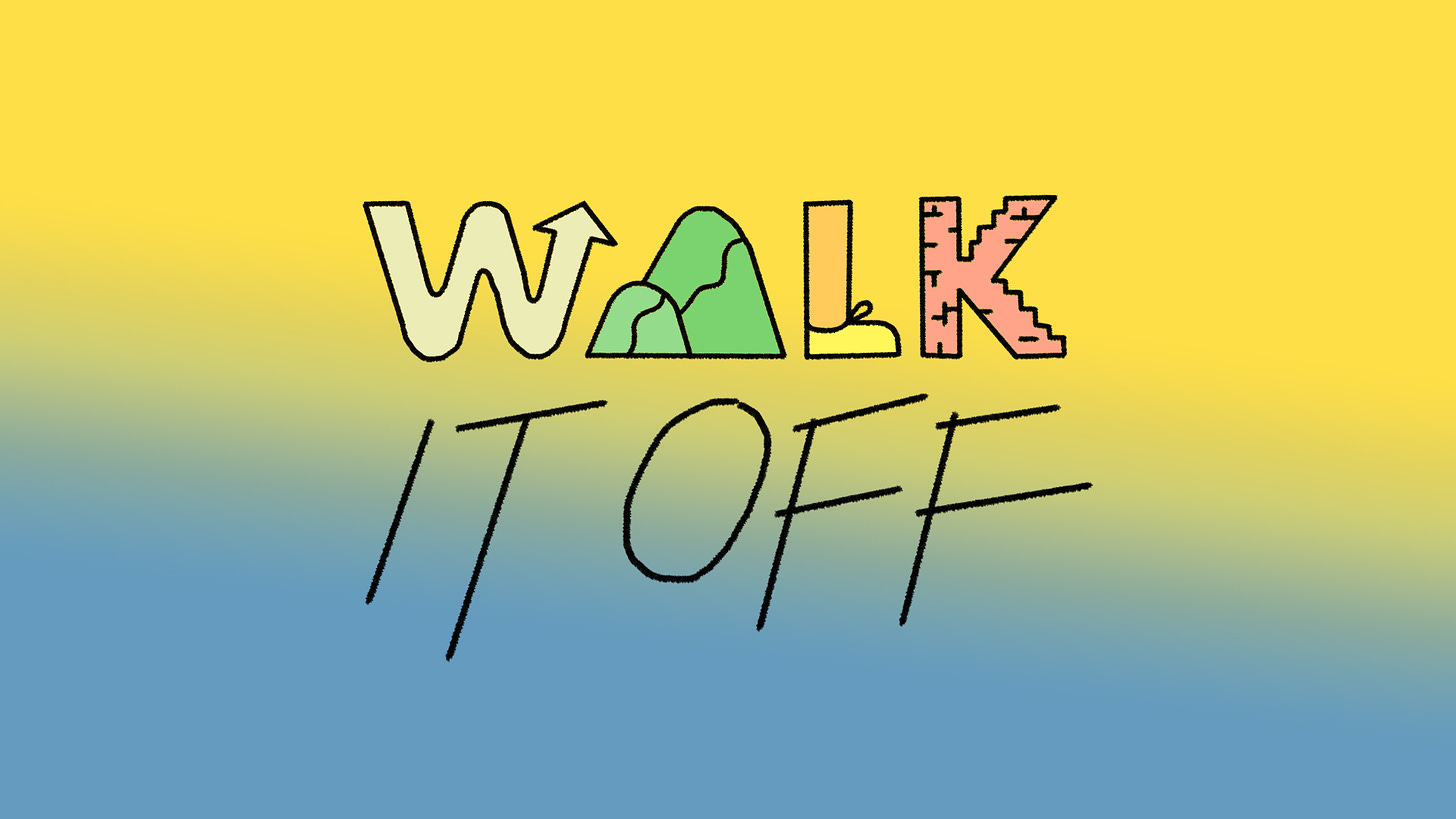
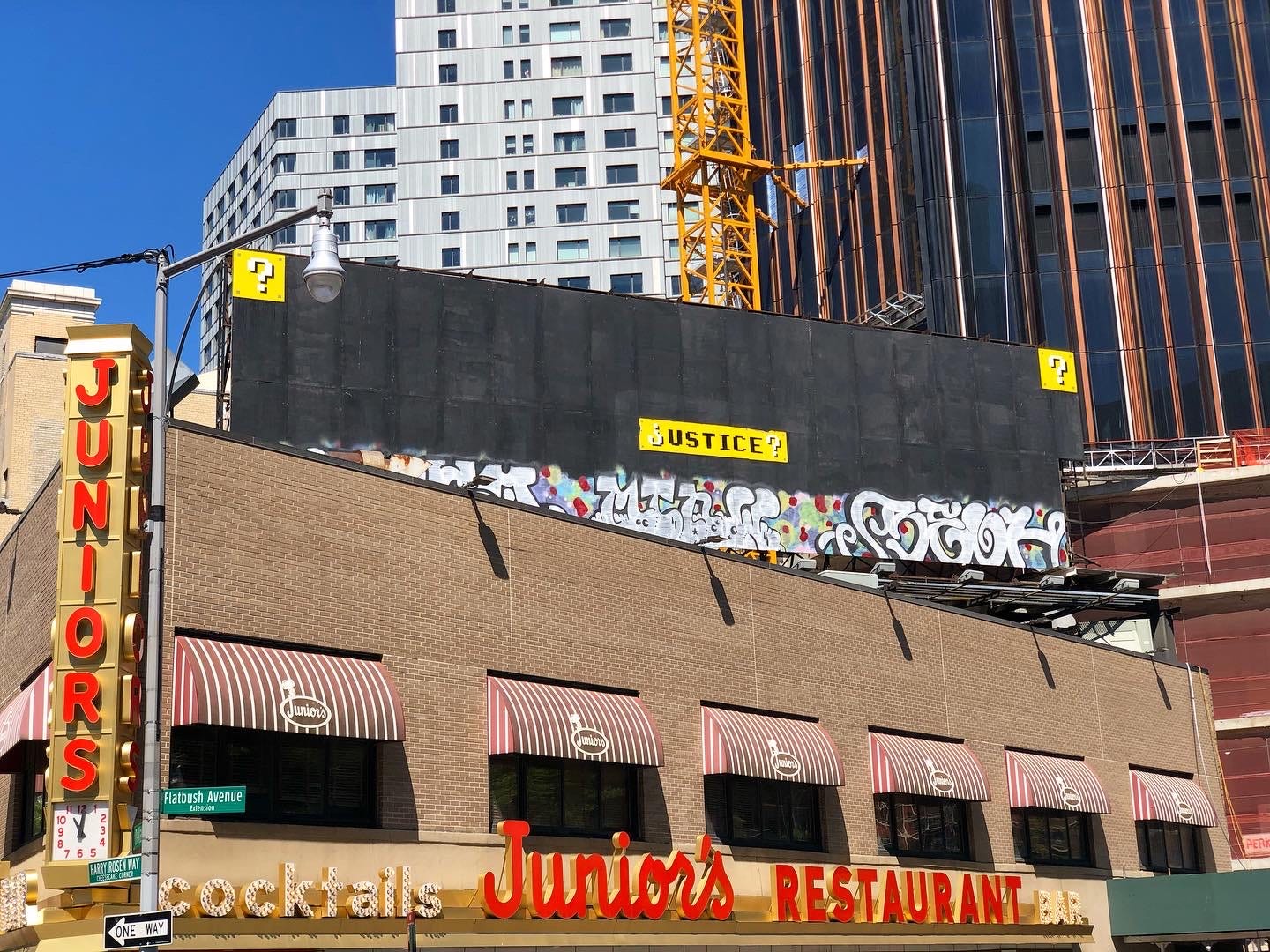
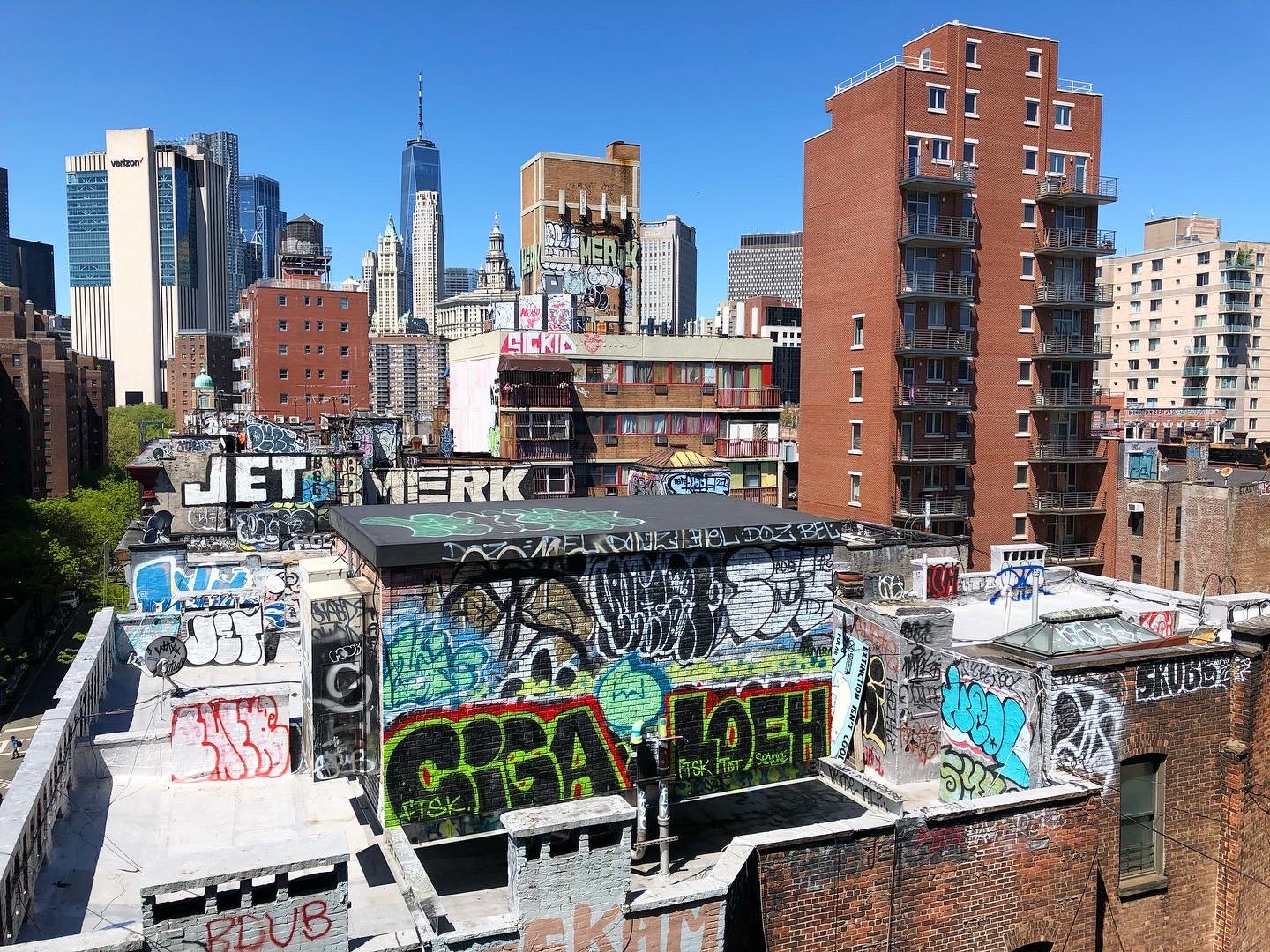
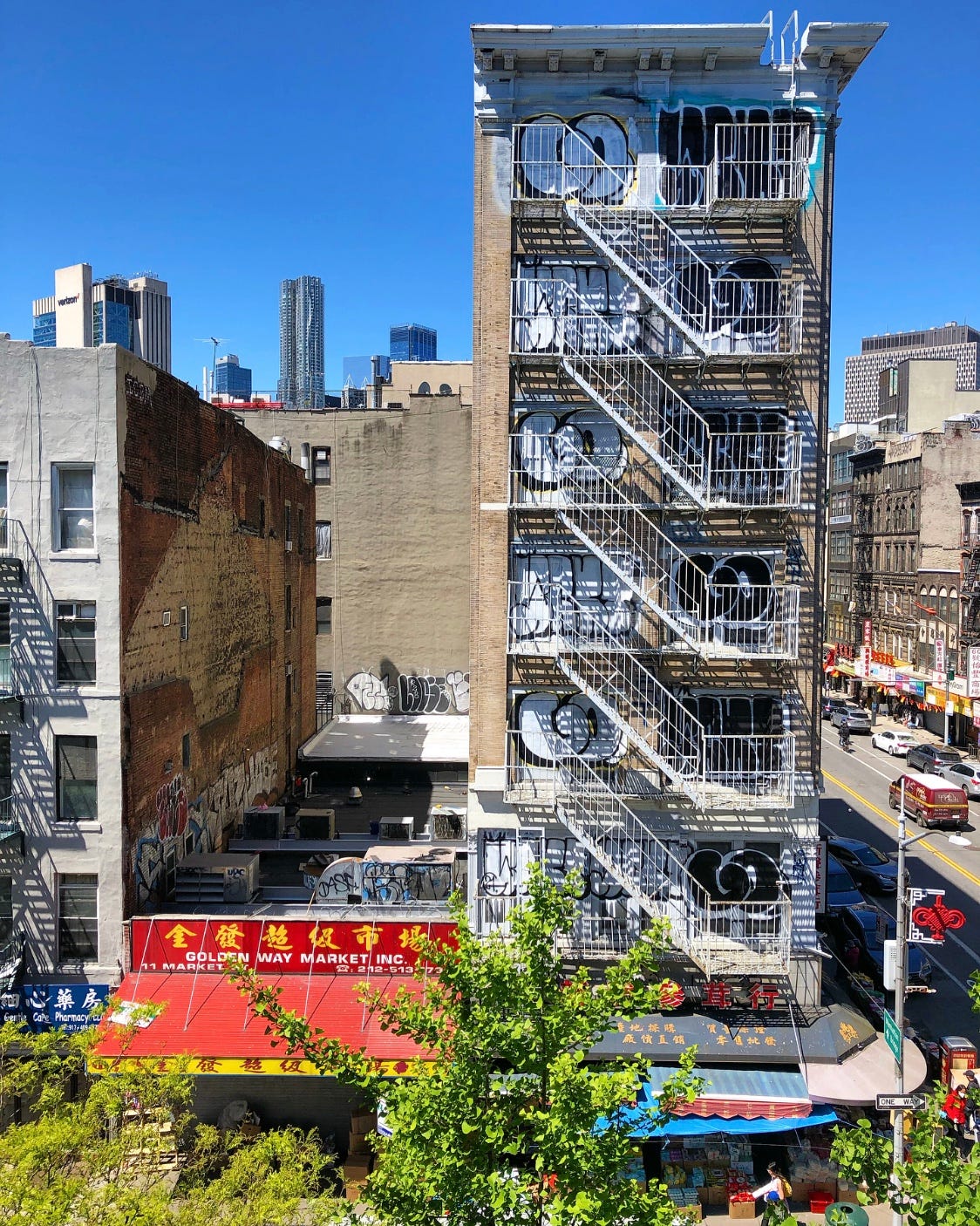
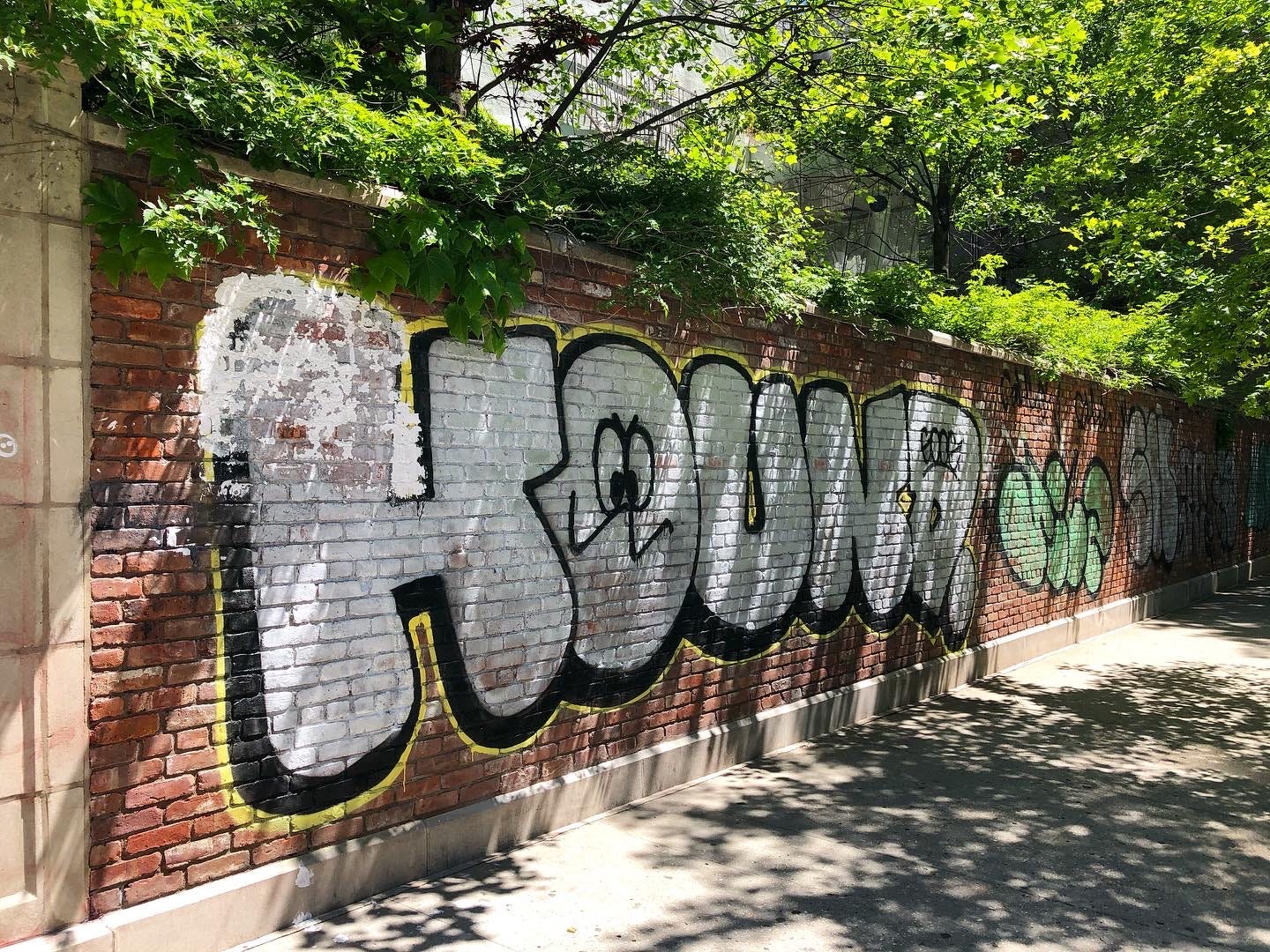
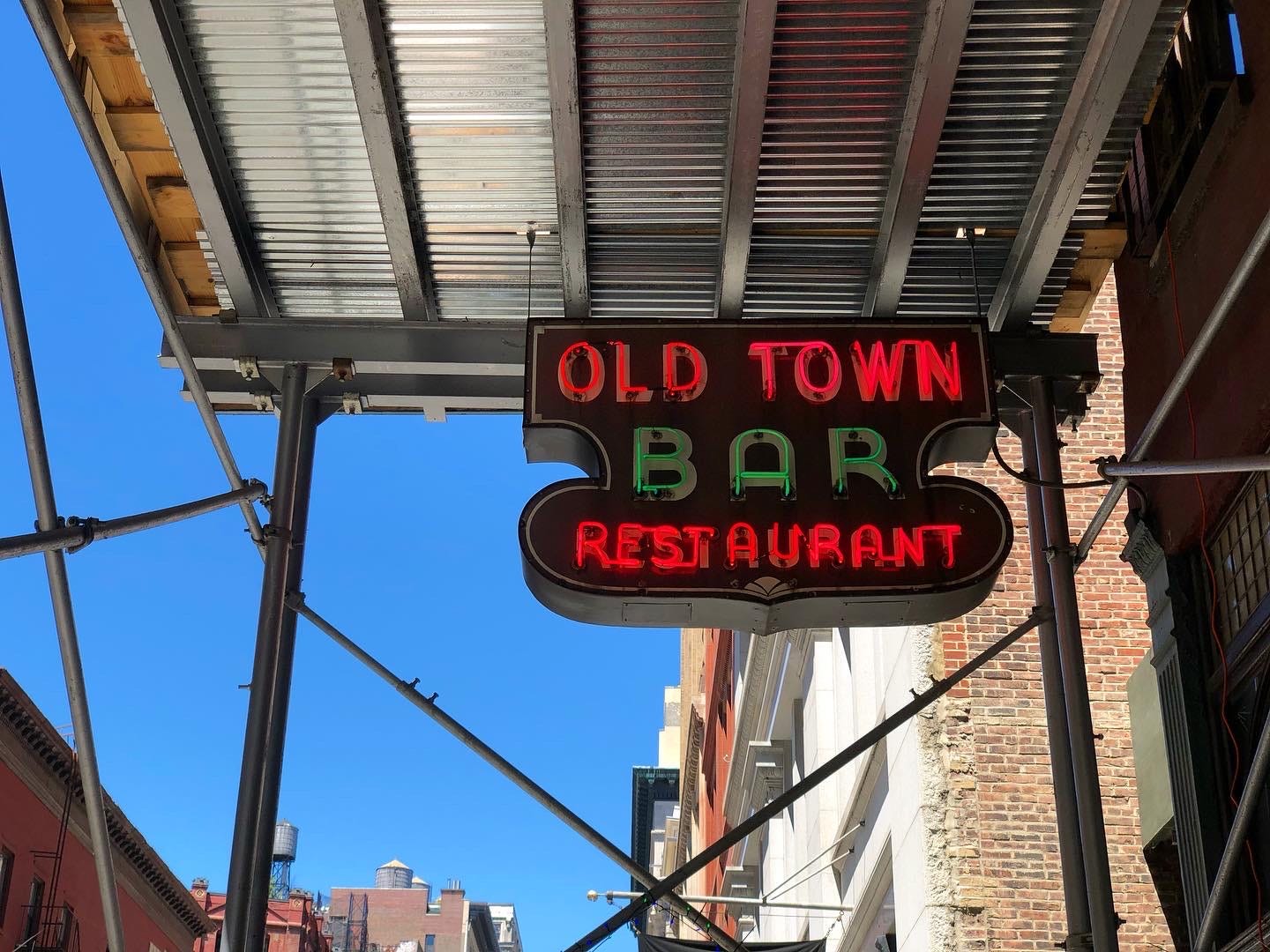
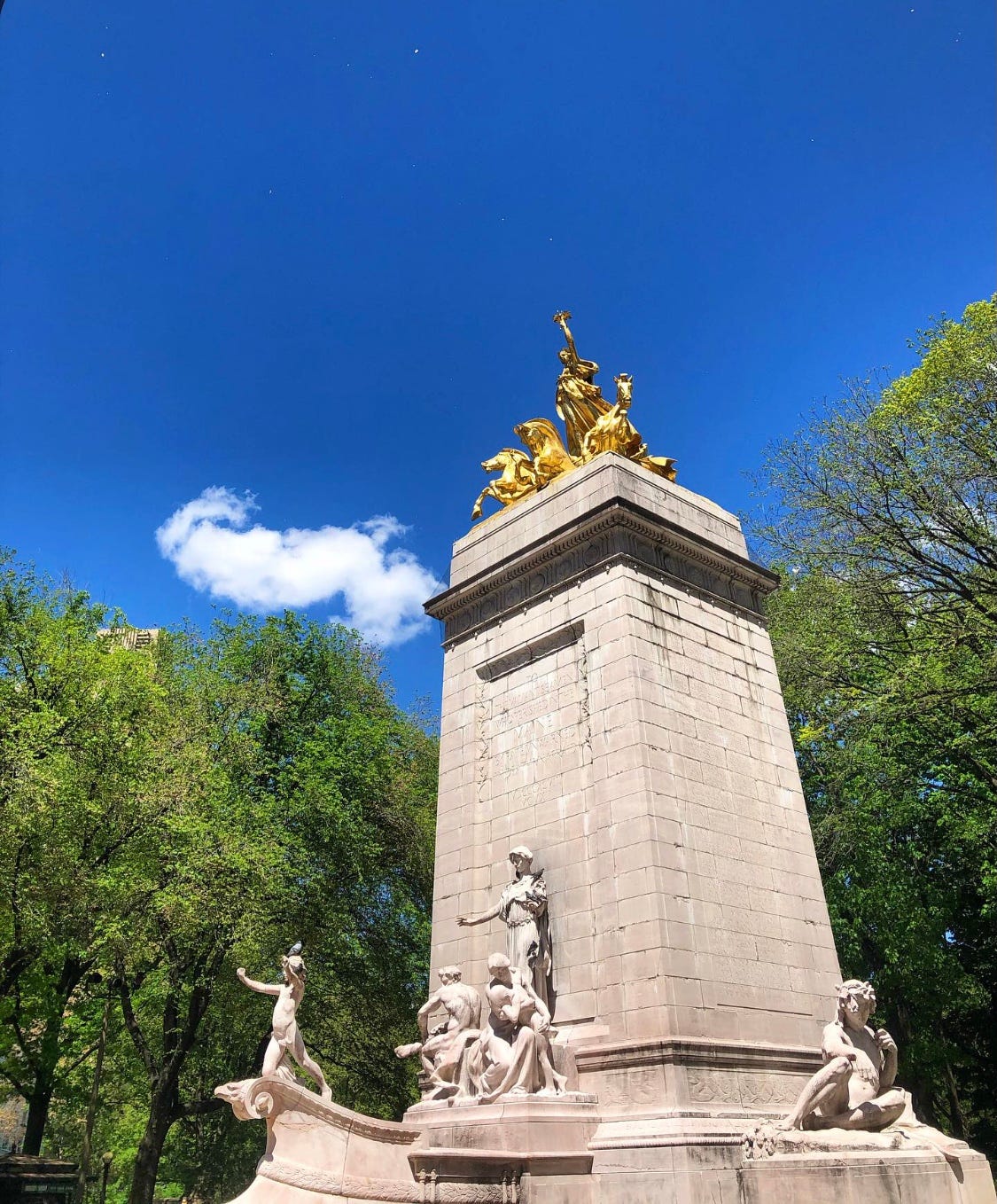
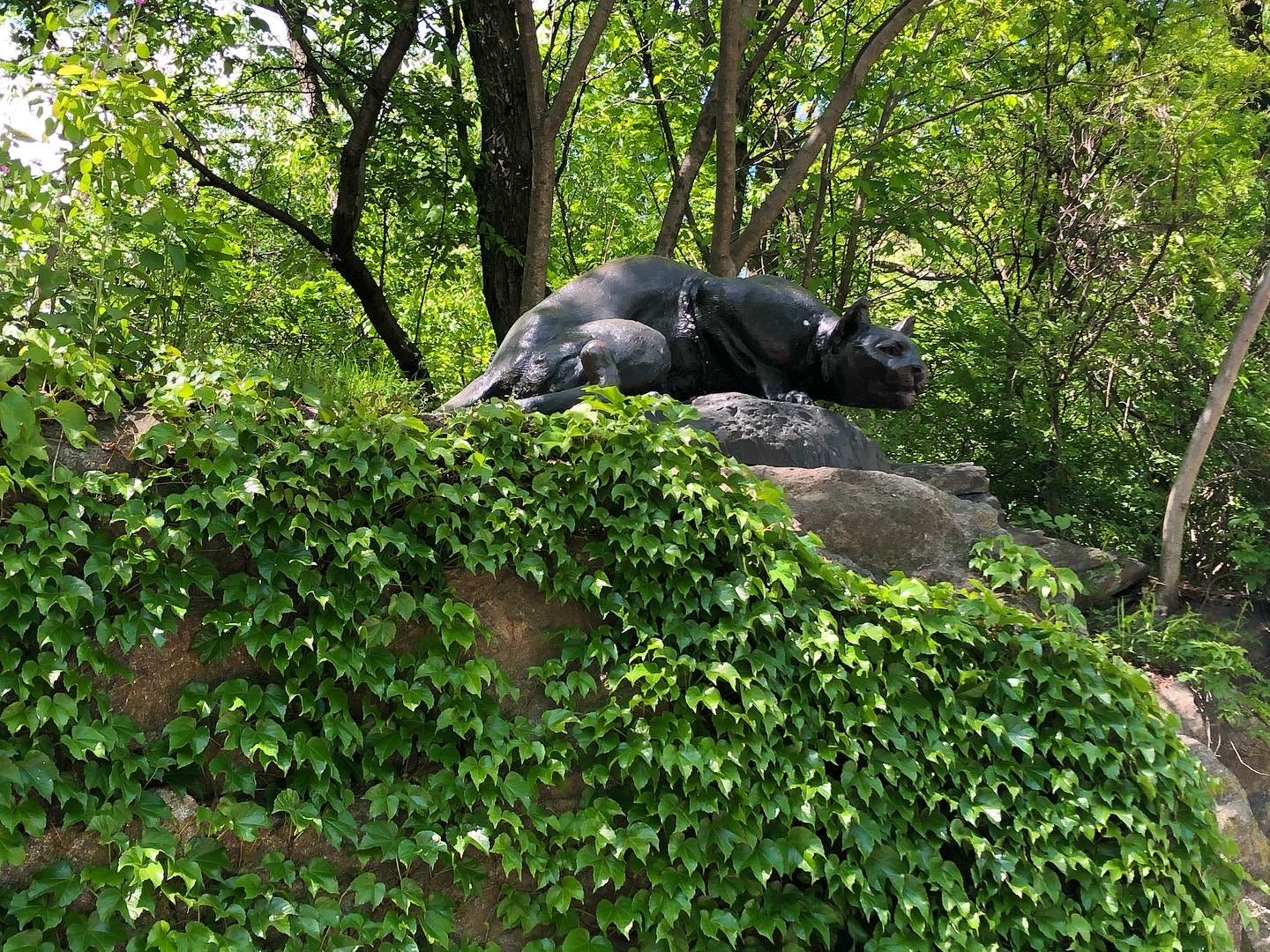
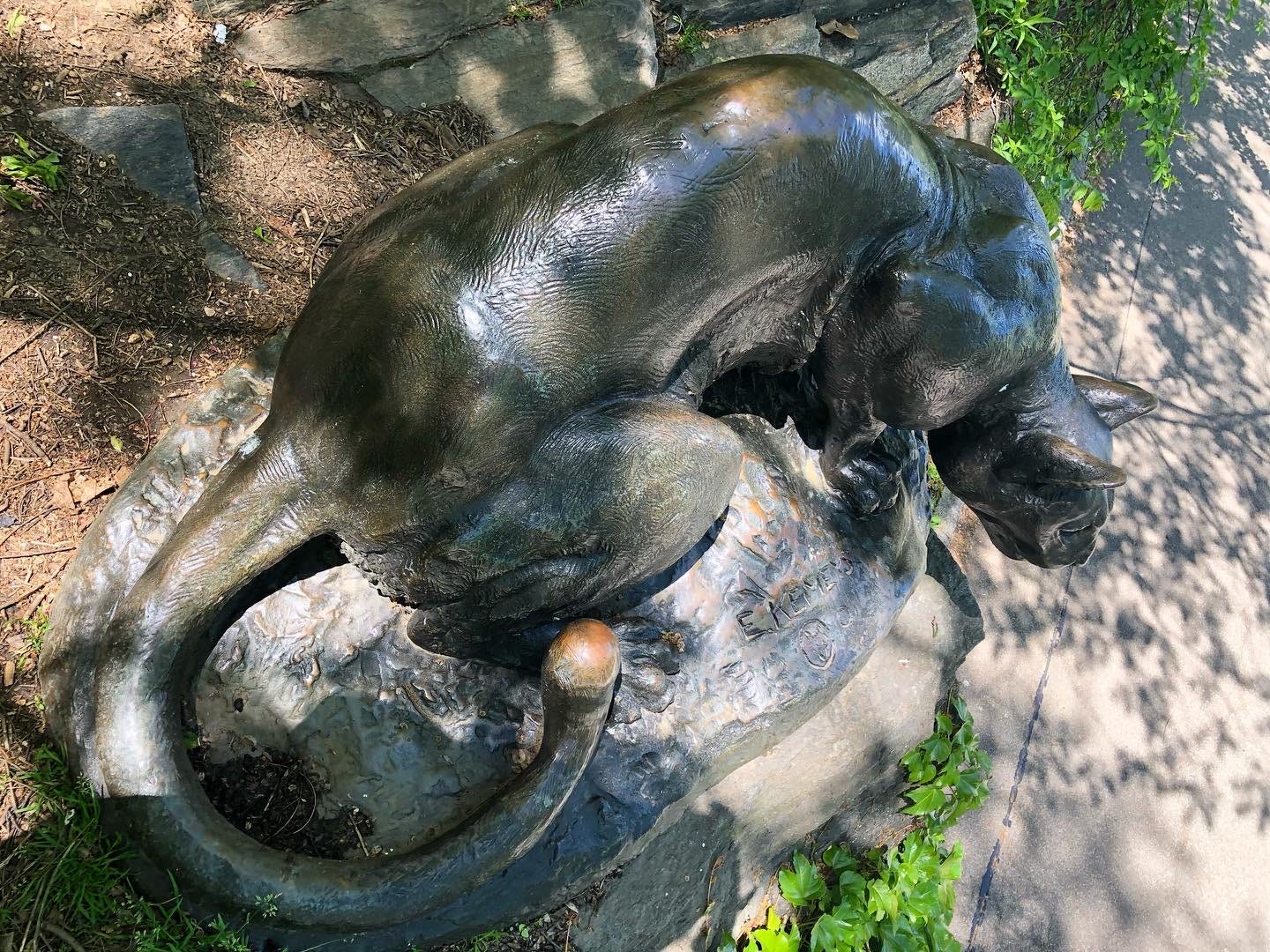
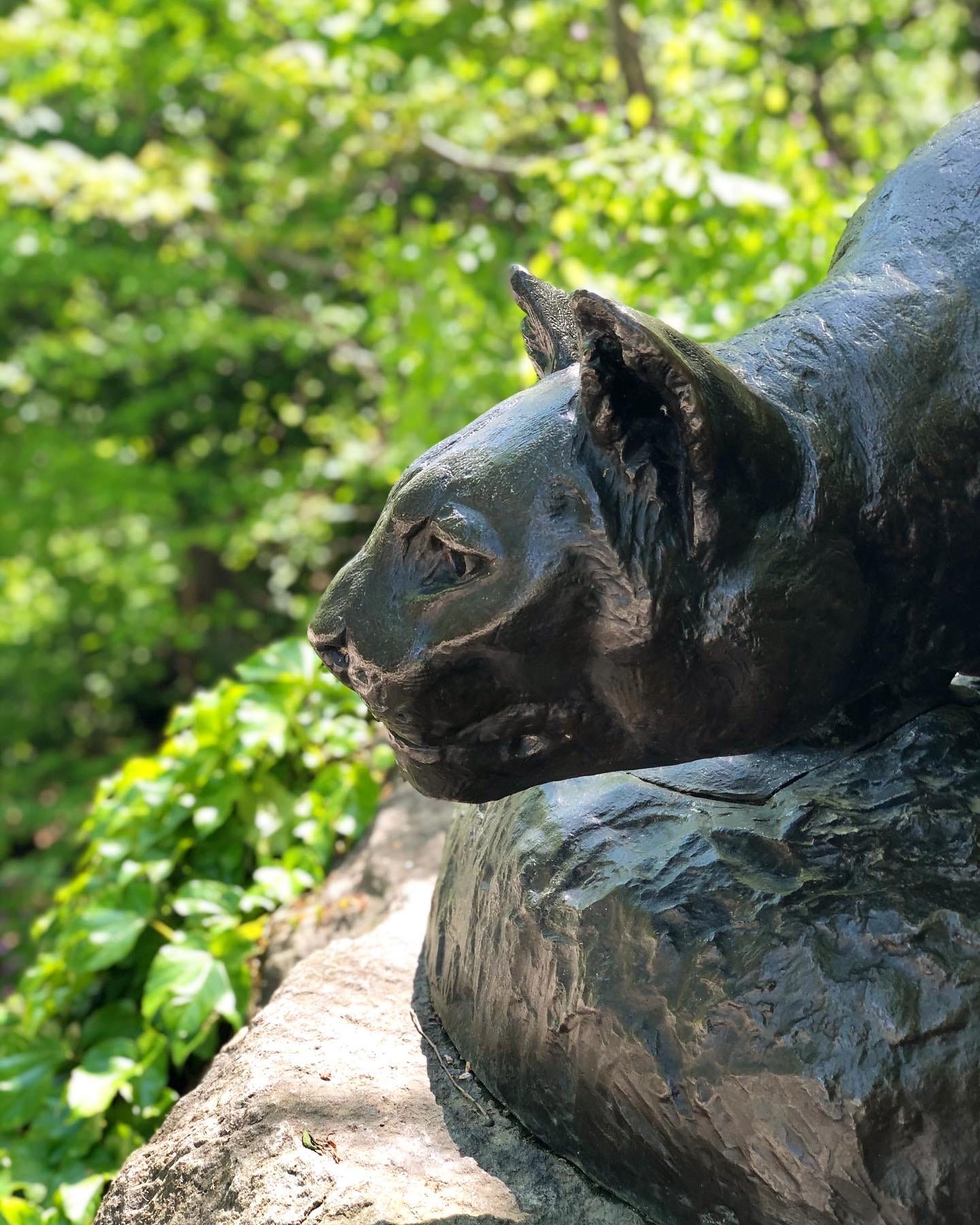
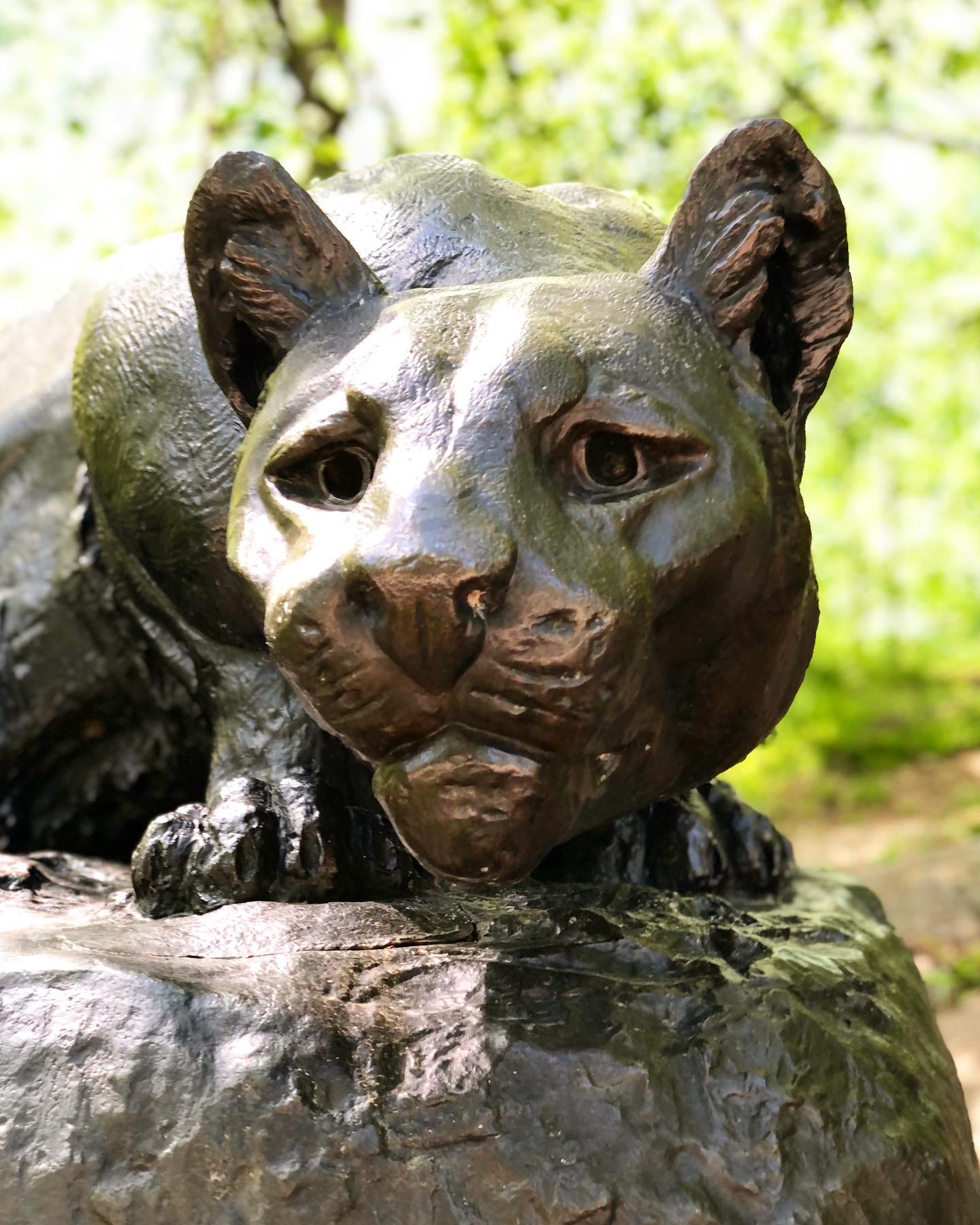
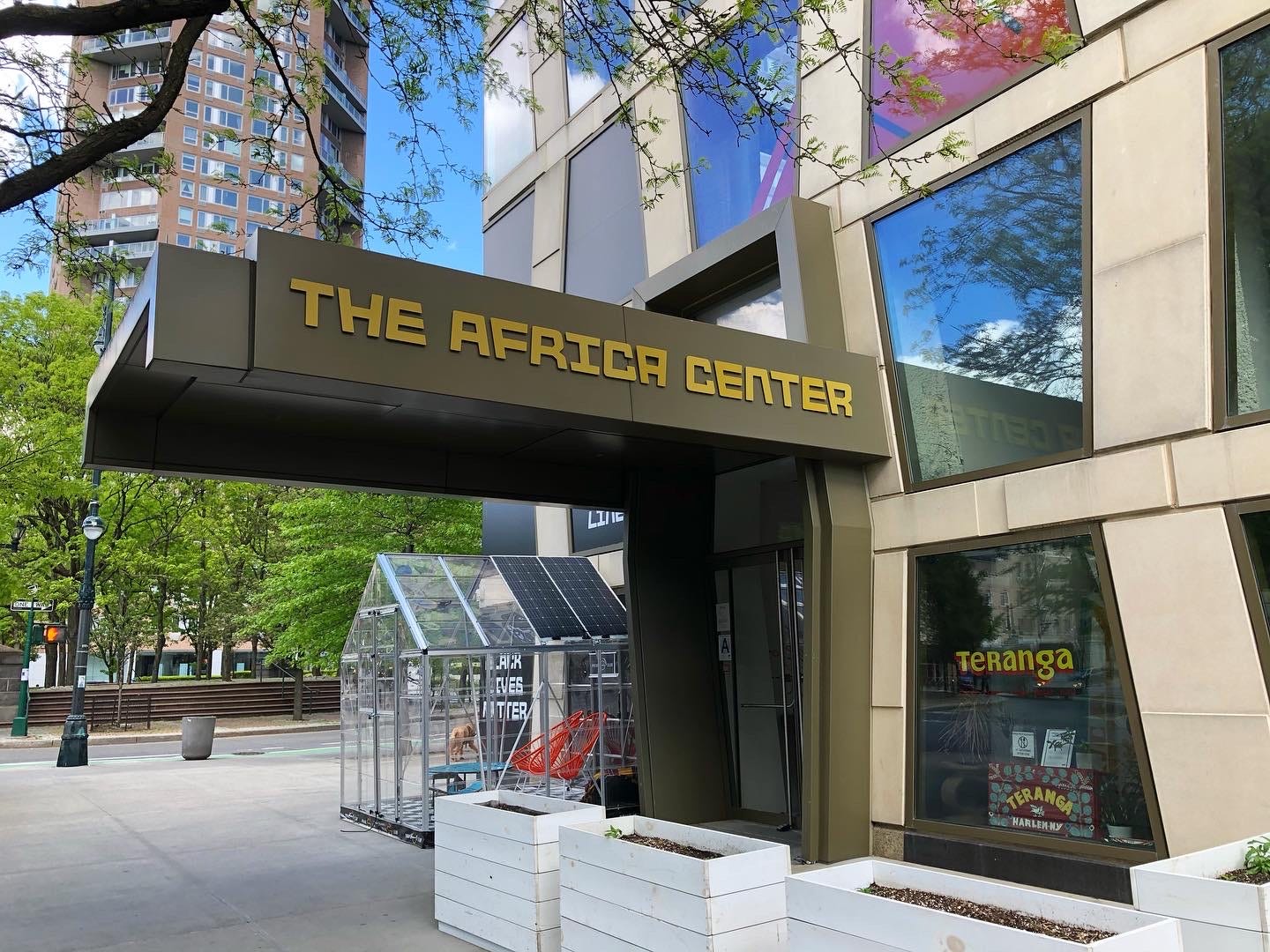
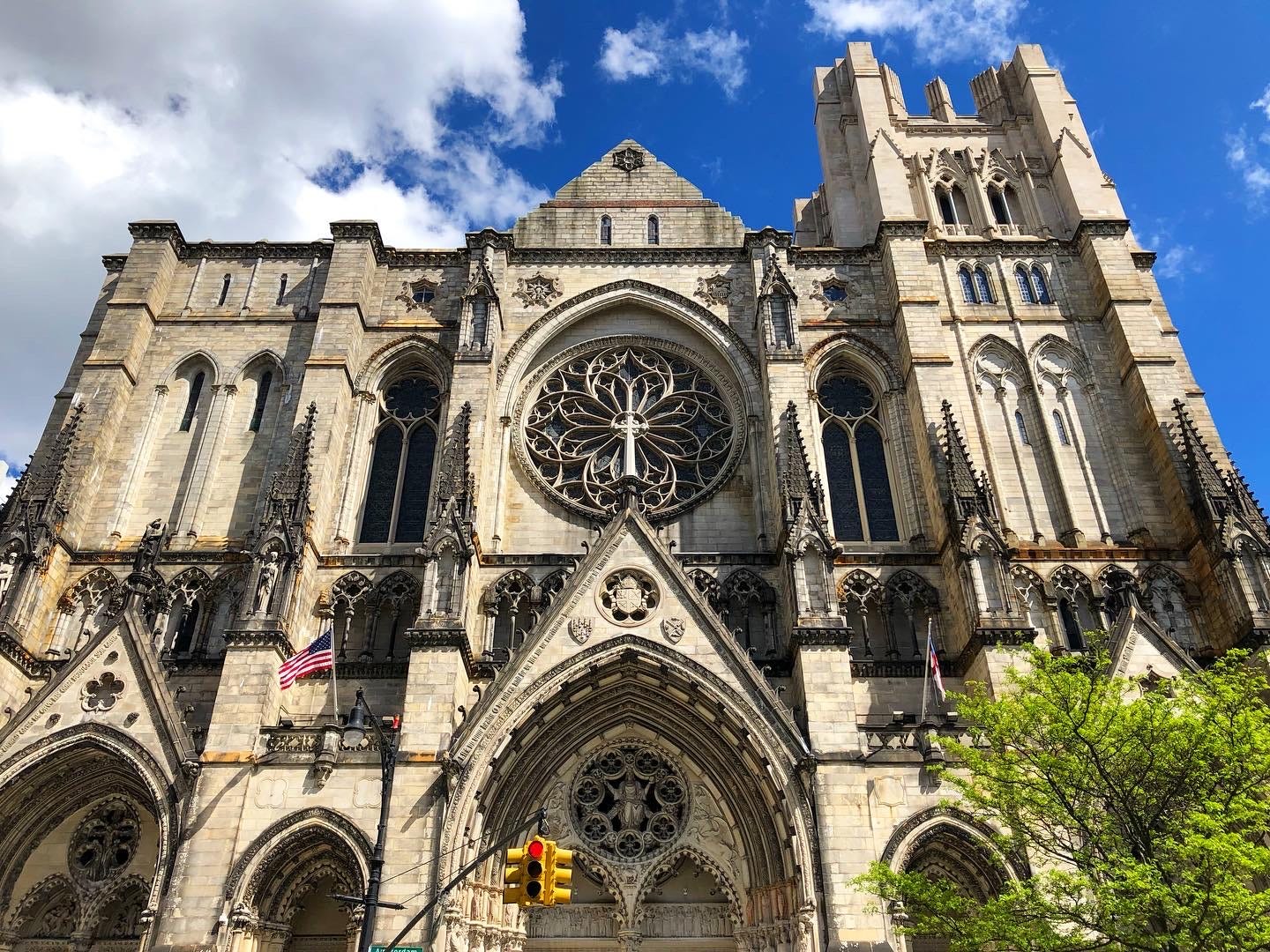

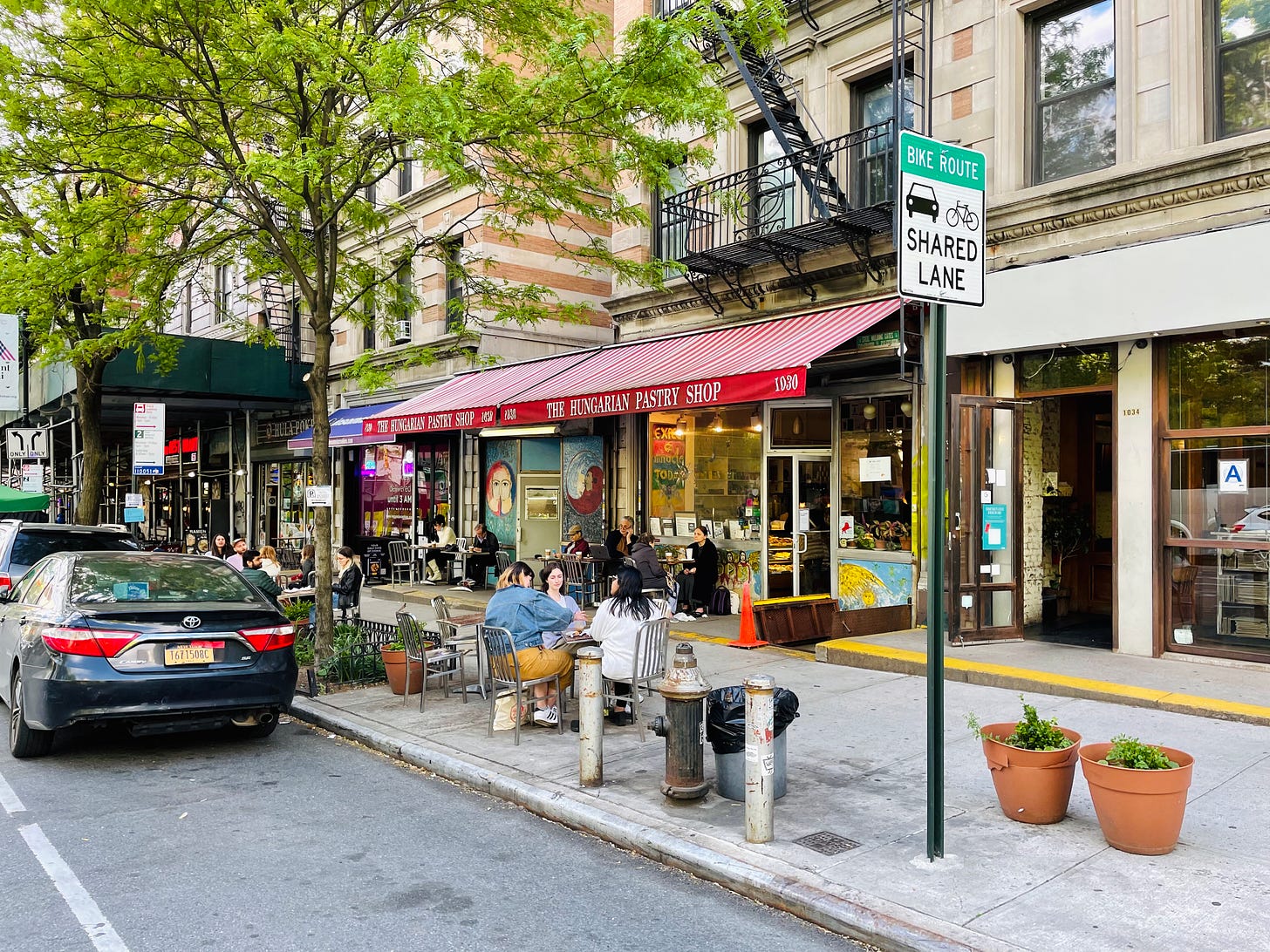
I already hope these essays will be a book one day.
What a spectacular piece Isaac. I felt like I was right there but knowing I wasn't. It read like a letter to a friend. Great return on you time investment